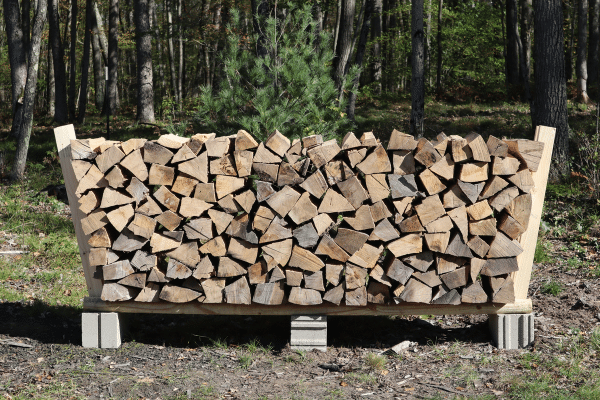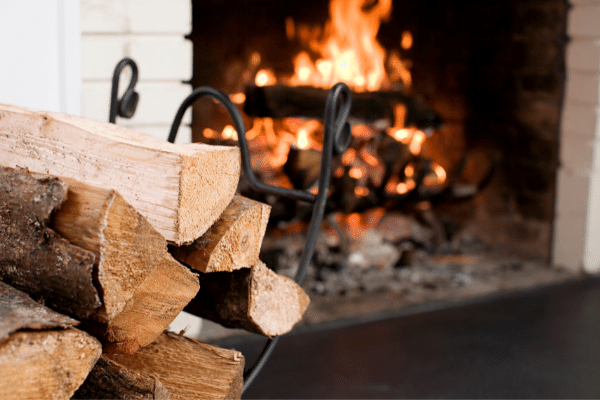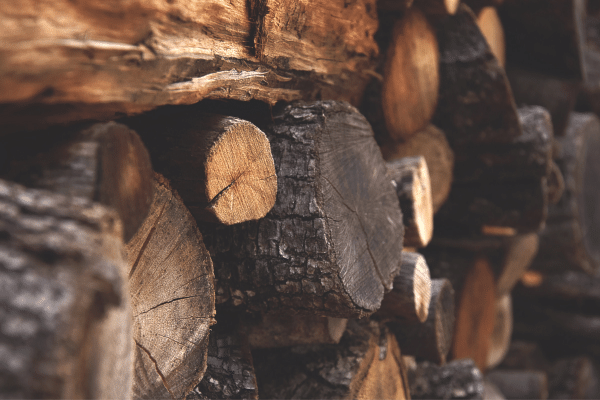- Home
- Types Of Firewood
- Is Dogwood Good Firewood
Is Dogwood Good Firewood?
This post may contain affiliate links so I earn a commission.
Is dogwood good firewood to use in a wood burning stove, fireplace or campfire?
Although many of us have never fully appreciated the benefits of dogwood due to its limited geographical range, dogwood is great firewood choice!
While it may not be as popular as other firewood options like oak or maple, dogwood can still make for a good choice when it comes to burning wood for heat.
To learn more, let's explore the characteristics of dogwood as firewood, including its heat output, burning qualities, and how it compares to other types of wood.
What Is Dogwood?
Dogwood is a member of the Cornus genus, which consists of thirty to sixty species of trees that are more commonly known as "dogwood."
It belongs to the woody plant family Cornaceae and is distinguished by its bright berries, noticeable blossoms, and distinctive bark.
Most dogwood trees and shrubs fall into the deciduous category, losing their leaves each autumn.
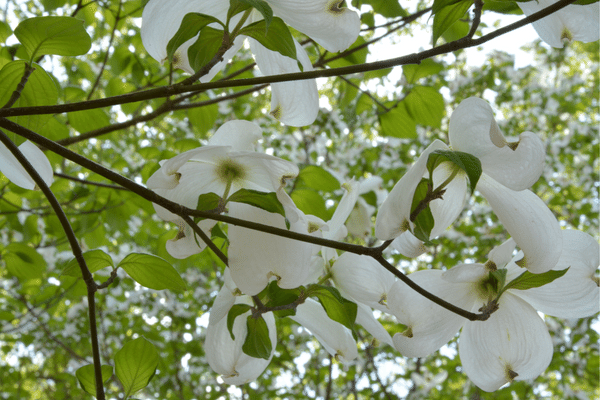
Native to the United States, dogwood can also be found in
Europe and Eastern Asia.
In the US, it is most commonly found growing in southern New England all the way south to the Gulf of Mexico.
Dogwood thrives in moist soils, yet these must be well-drained.
It is considered an understory tree or shrub that does well in partial shade.
However, some species do require a full-sun environment.
There are countless uses for dogwood, including ornamental plantings, fine woodworking, and as a highly valued source of food for wildlife.
Depending on the species of dogwood you plant, you could end up with a short, stout bush, or a mature tree that towers to heights of well over 25 feet.
When it receives proper care, dogwood can, in most cases, achieve heights of nearly 40 feet when mature.
Is Dogwood A Hardwood?
Yes, dogwood is an extremely dense hardwood.
In fact, it's one of the hardest domestic woods in the United States.
Dry, seasoned dogwood has a rating of 2150 on the Janka hardness scale, which is a test to measure the hardness of wood.
To compare, red oak has a rating of 1290, and walnut has a hardness rating of 1010.
What Can You Do With Dogwood?
Dogwood is often used in ornamental plantings.
It has a full crown of flowers in the spring.
Often, dogwood will be used as a centerpiece planting.
Gardeners will plant spring-blooming bulbs and other smaller flowering shrubs around it, helping to draw attention to the dogwood and create a garden filled with vibrant colors.
Because of its durability, dogwood is often used in the building of furniture that demands great strength.
Its beautiful grain offers another benefit to woodworkers.
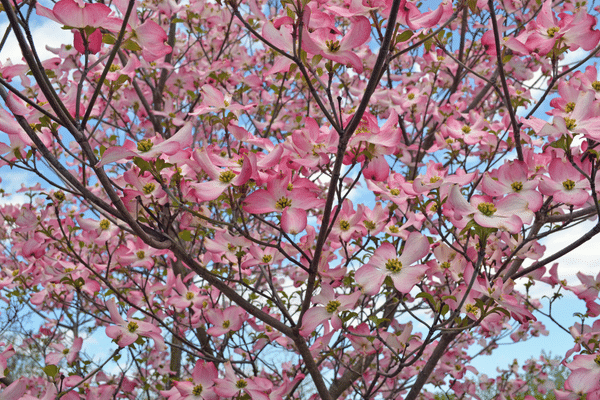
Dogwood has varied and beautiful coloring, with its grain
patterns being a favorite for carving and woodturning.
A hard and extremely dense wood, dogwood is often used to make splitting wedges and wooden mallets, along with other tools where high impact is expected.
Some woodworkers have said that dogwood is so dense, it appears to literally bounce from the surface where it strikes.
The main drawback in dogwood as a lumber species is that the trees tend to be smaller, often not reaching diameters in which the wood can be sawn into lumber.
One more feature of dogwood?
Its berries are edible.
These are quite tasty, though we, as humans, need to be careful not to eat too many - some can be toxic and even fatal.
Not all species have edible or safe berries to eat - those that are safe and taste good appear only on the Canadian bunchberry, Kousa, and Cornelian cherry variants.
Never eat berries from rough leaf dogwood, flowering dogwood, or gray dogwood, as these are toxic.
With that said, many types of wildlife, particularly birds, may enjoy the berries from nearly all the dogwood as they are not harmful to them.
Raccoons, foxes, squirrels, and even black bears enjoy the berries from the dogwoods when in season.
Is Dogwood Good Firewood To Split?
As a hard, dense wood, dogwood is one of the best types of firewood.
However, is dogwood good firewood to split?
It's actually not bad at all.
It splits easily when allowed to dry - typically, the blocks can be split with just a maul or axe.
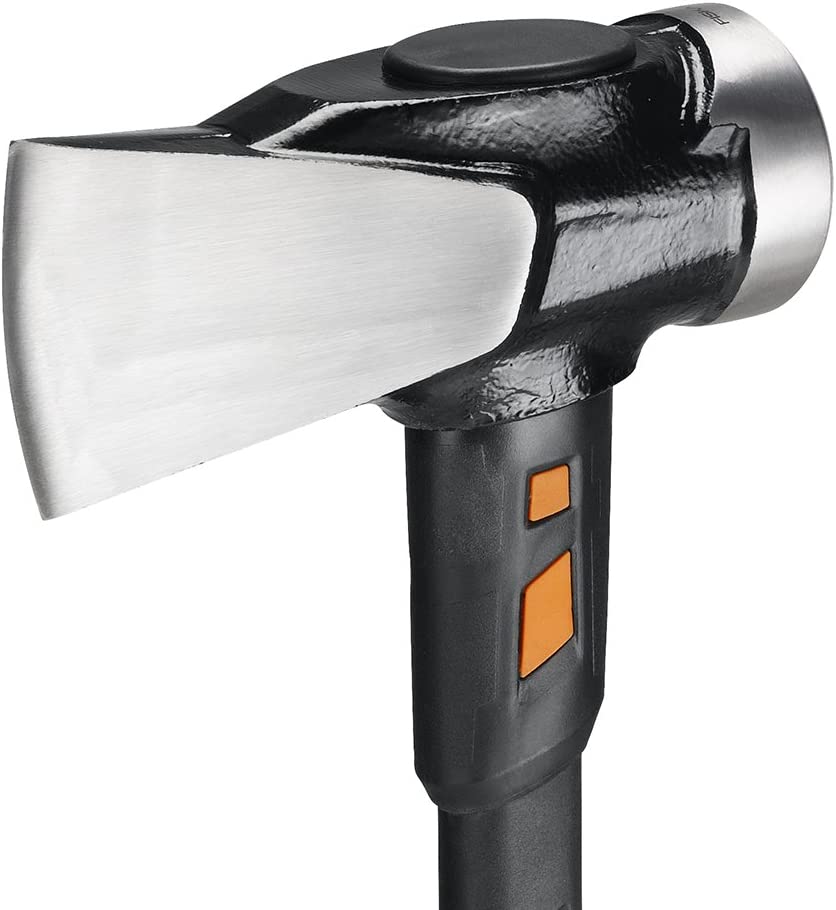
For some twisted grain pieces, a mechanical
splitter might be necessary.
The biggest benefit, when it comes to splitting dogwood, is that there tends to be a large amount of small-diameter wood that doesn't need to be split at all.
This can dramatically shorten the amount of time it takes to get this chore done.
Seasoning And Storing Dogwood Firewood
Seasoning dogwood firewood is similar to how you'd split and season any other dense wood.
It is typically dry enough to burn within a year of cutting, but this can vary depending on your location and various environmental factors.
Sometimes it may take up to two years for you to get the maximum heat output.
Again, remember that firewood of any type, when properly seasoned, will give you the greatest heat output.
Drying your firewood properly will save you time and money - there's less handling - and also allows you to use less wood to heat your home.

When it comes to storing dogwood firewood, either before or after drying, the best way to do this is an open, airy woodshed.
Keep the wood
dry and undercover, but with good airflow.
This will greatly reduce your drying time.
You can also stack your firewood outside of a woodshed, provided that the tops of the stacks are kept covered.
This will prevent rain and snow from getting inside.
Never cover firewood piles from top to bottom, as this limits airflow and could eventually introduce mold.
When you're stacking your firewood, keep accessibility in mind.
Plan for easy access in the winter as well as choosing a spot that will give the firewood access to full wind and sun to facilitate drying.
Begin a stack of firewood on a surface that will keep the wood off the ground.
Old pallets are a good choice, since you'll want to allow for three to four inches of space between the ground and the bottom row of wood.
Is Dogwood Good Firewood To Burn?
Dogwood is a great choice for burning in most settings.
It's a good candidate for indoor wood stoves, fireplaces, and of course, also fares quite well in an outside campfire.
Since dogwood is a small tree, again, many people choose not to process it into firewood.
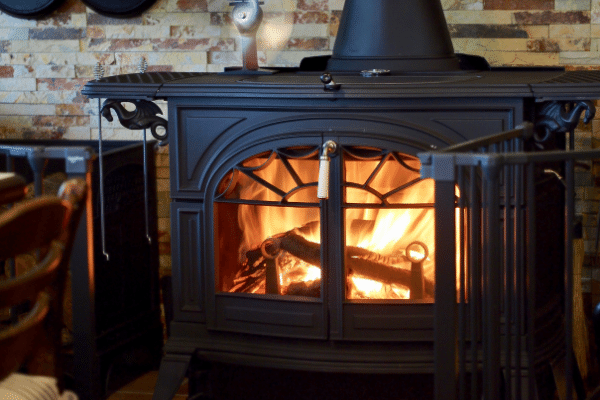
The small limbs are labor-intensive to cut up.
Dogwood burns at a whopping 27.4 to 31.1 million BTUs per cord, making it one of the hottest- and longest-burning firewood species there is.
It produces minimal sparking, making it a good choice for indoor burning.
Although it produces a strong-smelling smoke, it is not an offensive odor by any means.
The amount of creosote produced is minimal, and burning is so hot and clean that there tends to be very minimal quantities of creosote that need to be cleaned from stove pipes and chimneys.
Is Dogwood Good Firewood - Overall
If you are looking for an affordable and sustainable source of firewood, then dogwood might just be the perfect choice for you.
Not only is it environmentally friendly, but its logs burn for long periods of time as well as providing a sociable atmosphere around a campfire.
While there may be some species of dogwood that give off more smoke during burning than others, it still remains to be an excellent firewood option.
So go ahead and enjoy the cozy warmth of your next evening blaze with a firewood species like dogwood!
